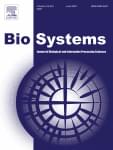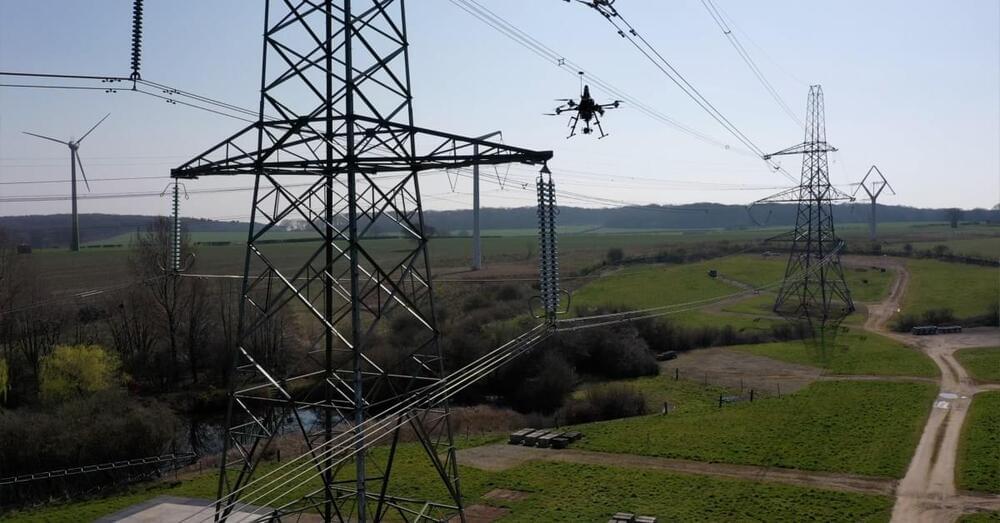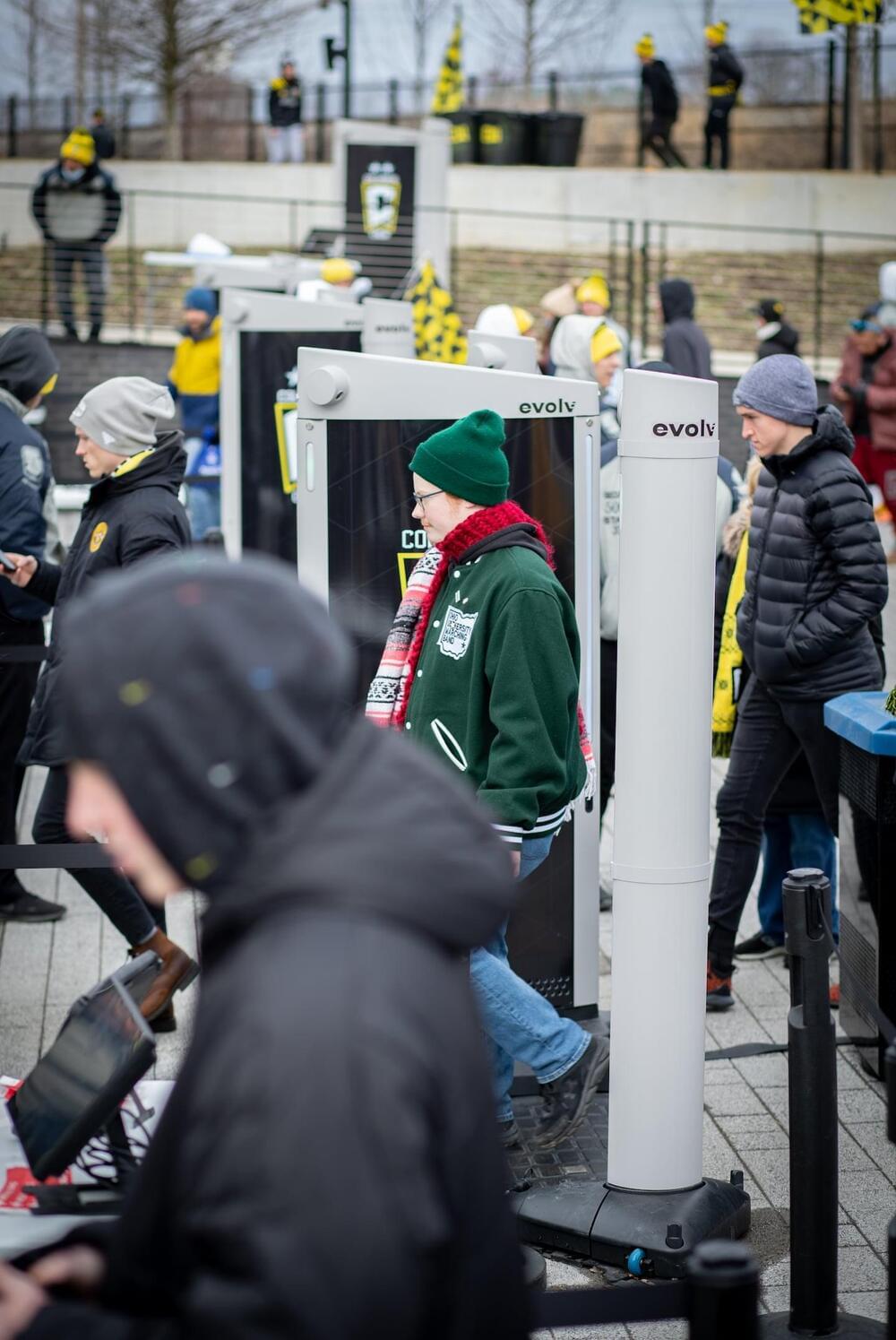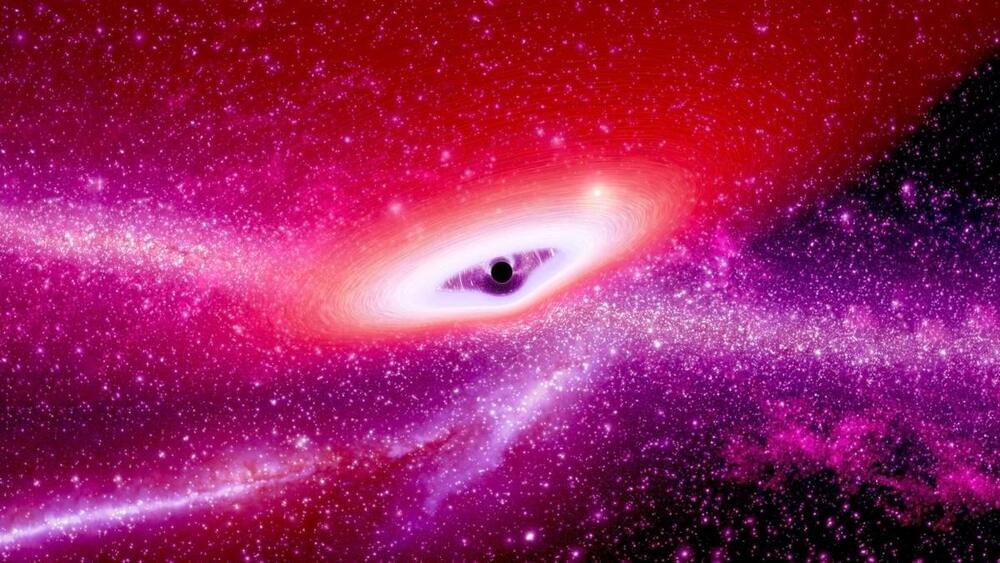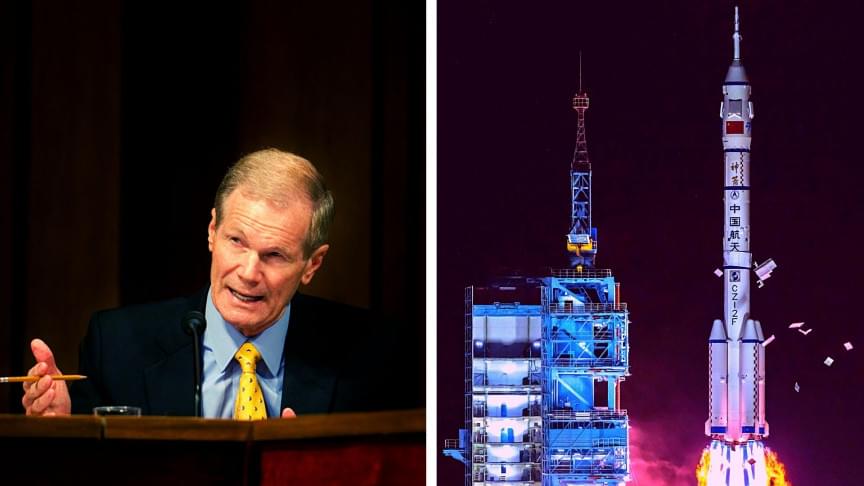A strategy for investigating consciousness that has proven very productive has focused on comparing brain processes that are accompanied by consciousness with processes that are not. But comparatively little attention has been given to a related strategy that promises to be even more fertile. This strategy exploits the fact that as individuals develop, new classes of brain processes can transition from operating ‘in the dark’ to becoming conscious. It has been suggested that these transitions occur when a new class of brain processes becomes object to a new, emergent, higher-level subject. Similar transitions are likely to have occurred during evolution. An evolutionary/developmental research strategy sets out to identify the nature of the transitions in brain processes that shift them from operating in the dark to ‘lighting up’. The paper begins the application of this strategy by extrapolating the sequence of transitions back towards its origin. The goal is to reconstruct a minimally-complex, subject-object subsystem that would be capable of giving rise to consciousness and providing adaptive benefits. By focusing on reconstructing a subsystem that is simple and understandable, this approach avoids the homunculus fallacy. The reconstruction suggests that the emergence of such a minimally-complex subsystem was driven by its capacity to coordinate body-environment interactions in real time e.g. hand-eye coordination. Conscious processing emerged initially because of its central role in organising real-time sensorimotor coordination. The paper goes on to identify and examine a number of subsequent major transitions in consciousness, including the emergence of capacities for conscious mental modelling. Each transition is driven by its potential to solve adaptive challenges that cannot be overcome at lower levels. The paper argues that mental modelling arose out of a pre-existing capacity to use simulations of motor actions to anticipate the consequences of the actions. As the capacity developed, elements of the simulations could be changed, and the consequences of these changes could be ‘thought through’ consciously. This enabled alternative motor responses to be evaluated. The paper goes on to predict significant new major transitions in consciousness.
UK’s National Grid Electricity Transmission (NGET) is launching trials to fully automate the corrosion inspection of electricity transmission pylons with the help of autonomous drones.
NGET owns 21,900 steel lattice pylons that carry overhead transmission conductor wires in England and Wales. Transmission pylon steelwork conditions can deteriorate through corrosion, so periodic assessments are made to understand the health of the network. NGET inspects around 3,650 steel lattice pylons each year, capturing high definition still color images of steelwork using helicopters and manually-operated drones.
Alan DeRossettElon holds a grudge after nearly 20 years of Putin bots and fossil fuel cater calling him and Tesla owners losers stay tuned to the next episode as Elons lawyers prove Twitter has millions of bots and fake users More than it legally said in Elons contr… See more.
Steven PostrelThe incompetence of this bad cut-and-paste article is notable. The S&P 500 is not new, not ESG related, and not dropping Tesla.
There is a separate “S&P 500 ESG” product that is relatively new and that dropped Tesla, but it isn’t the benchmark that a… See more.
6 Replies.
View 8 more comments.
Quinn Sena shared a link.
Steven PostrelMaybe the old Sea Dart concept will make a comeback too.
The San Diego Air & Space Museum in Historical Balboa Park welcomes you to visit. The Official Air & Space Museum and Education Center of California has many attractions for the entire family.
A Massachusetts company says it could help stop shootings like the Tops massacre in Buffalo. Its surveillance product is increasingly popular — and, critics say, problematic.
China and the U.S. are engaged in a new stage of the second space race, and NASA Chief Bill Nelson allegedly attributes our rival’s success to ‘stealing’.
The politics of Earth play out on the Moon, too.
China and Russia’s space agencies are planning a rival to NASA’s Lunar Gateway. Here’s what you need to know about their ambitions and timeline.
😃
DeepMind has released what it calls a “generalist” AI called Gato, which can play Atari games, accurately caption images, chat naturally with a human and stack coloured blocks with a robot arm, among 600 other tasks. But is Gato truly intelligent – having artificial general intelligence – or is it just an AI model with a few extra tricks up its sleeve?
What is artificial general intelligence (AGI)?
Outside science fiction, AI is limited to niche tasks. It has seen plenty of success recently in solving a huge range of problems, from writing software to protein folding and even creating beer recipes, but individual AI models have limited, specific abilities. A model trained for one task is of little use for another.
